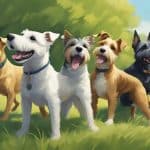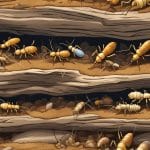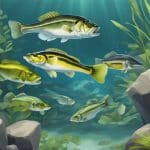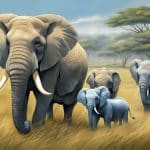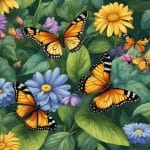Types Of Bearded Dragons
Bearded dragons are a popular type of reptile that are native to Australia. They are known for their unique physical traits, including their beard-like appearance, and are available in different species, colors, and patterns. Understanding the different types of bearded dragons can be helpful for those who are interested in owning one as a pet.
There are several different species of bearded dragons, each with their own unique characteristics. Some of the most common species include Pogona vitticeps, Pogona barbata, and Pogona henrylawsoni. These species are known for their distinct physical features, such as their size, color, and behavior.
In addition to different species, bearded dragons are also available in a variety of colors and patterns. Some of the most common color morphs include red, yellow, and orange, while popular patterns include tiger and citrus. Understanding the different types of bearded dragons and their physical traits can help potential owners choose the best pet for their lifestyle and preferences.
Key Takeaways
- Bearded dragons are a popular type of reptile with unique physical traits.
- There are several different species of bearded dragons, each with their own characteristics.
- Bearded dragons are available in a variety of colors and patterns, making it important to choose the best pet for your lifestyle and preferences.
Different Species of Bearded Dragons
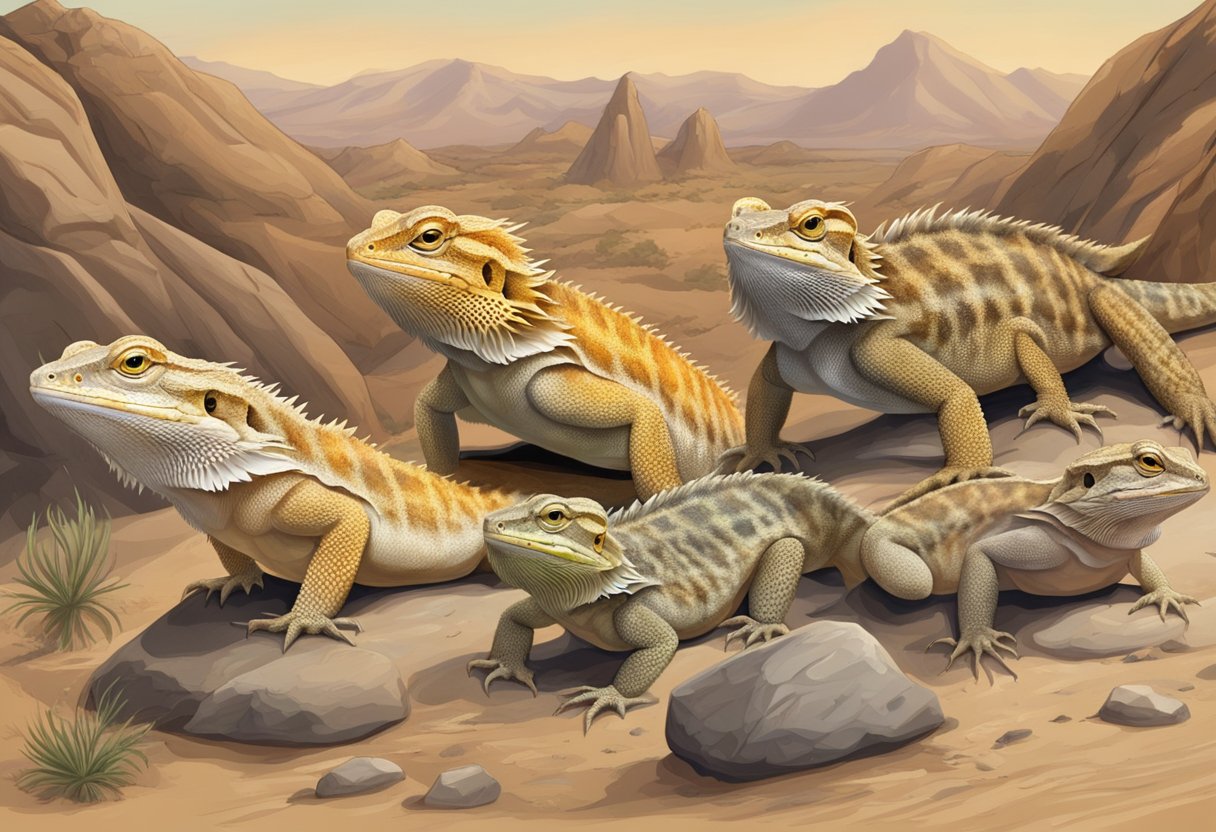
Bearded dragons are a type of lizard that are native to Australia. There are several different species of bearded dragons, each with their own unique characteristics. In this section, we will explore the different species of bearded dragons, including Pogona Vitticeps, Pogona Minor, Pogona Barbata, Pogona Henrylawsoni, Pogona Microlepidota, and Pogona Nullarbor.
Pogona Vitticeps
Pogona Vitticeps, also known as the central or inland bearded dragon, is one of the most popular species of bearded dragons kept as pets. They are known for their docile nature and are relatively easy to care for. These bearded dragons can grow up to 24 inches in length and can live up to 10 years in captivity. They are a light brown color with a yellow underside and have spiky scales along their back.
Pogona Minor
Pogona Minor is a smaller species of bearded dragon that is found in the wild in Australia. There are three subspecies of Pogona Minor: Pogona Minor Minor, Pogona Minor Minima, and Pogona Minor Mitchelli. These bearded dragons are known for their small size and are usually less than 10 inches long. They are a light brown color with a yellow underside and have spiky scales along their back.
Pogona Barbata
Pogona Barbata, also known as the Eastern or Coastal bearded dragon, is a larger species of bearded dragon that is found in the wild in Australia. They can grow up to 24 inches in length and are known for their aggressive nature. These bearded dragons have a tan color with spiky scales along their back.
Pogona Henrylawsoni
Pogona Henrylawsoni, also known as the Rankin’s bearded dragon, is a smaller species of bearded dragon that is found in the wild in Australia. They are known for their calm and gentle nature and are relatively easy to care for. These bearded dragons are a light brown color with a yellow underside and have spiky scales along their back.
Pogona Microlepidota
Pogona Microlepidota, also known as the small-scaled bearded dragon, is a smaller species of bearded dragon that is found in the wild in Australia. They are known for their small size and are usually less than 10 inches long. These bearded dragons have a brown color with spiky scales along their back.
Pogona Nullarbor
Pogona Nullarbor, also known as the Nullarbor bearded dragon, is a species of bearded dragon that is found in the wild in Australia. They are known for their small size and are usually less than 10 inches long. These bearded dragons have a brown color with spiky scales along their back.
In conclusion, there are several different species of bearded dragons, each with their own unique characteristics. It is important to do your research before getting a bearded dragon as a pet, to ensure that you are able to provide the proper care and environment for your new pet.
Common Color Morphs
Bearded dragons are known for their unique colors and patterns, and there are several common color morphs that are popular among breeders and pet owners. Here are some of the most popular color morphs:
Red Bearded Dragon
Red bearded dragons are one of the most popular color morphs, and they are known for their bright red coloration. These dragons can range in color from a deep maroon to a bright orange-red, and they often have a pattern of dark stripes or spots on their bodies.
Translucent Bearded Dragon
Translucent bearded dragons are another popular color morph, and they are known for their translucent skin. These dragons have a light, almost white coloration, and their skin is semi-transparent, allowing you to see their internal organs.
Leatherback Bearded Dragon
Leatherback bearded dragons are a unique color morph, and they are known for their lack of scales. These dragons have a smooth, almost leather-like skin, and they come in a variety of colors, including red, orange, yellow, and tan.
Silkie Bearded Dragon
Silkie bearded dragons are a rare color morph, and they are known for their soft, silky scales. These dragons have a muted coloration, with shades of brown, gray, and green, and their scales have a velvety texture.
Overall, there are many different color morphs of bearded dragons, each with their own unique characteristics and personalities. Whether you prefer bright, bold colors or muted, subtle hues, there is sure to be a bearded dragon color morph that is perfect for you.
Patterns and Physical Traits
Bearded dragons are known for their unique patterns and physical traits, which vary depending on the specific morph. In this section, we will explore some of the most common morphs and their distinct characteristics.
Standard Morph
The standard morph is the most common type of bearded dragon and is characterized by small spikes on their backs and large triangular heads that have a beard. They typically have a light brown or tan color with darker brown stripes or patches. These dragons have a calm and docile personality, making them a popular choice for first-time owners.
Dunner Morph
The dunner morph is a visually striking dragon with a unique pattern of stripes and spots. They have a distinctive “V” shape on their forehead and a lighter color on their belly. These dragons are known for their active and playful personalities, making them a great choice for owners who want an interactive pet.
Zero Morph
The zero morph is a rare type of bearded dragon that has no pattern or markings on its body. They have a solid color, which can range from white to black. These dragons have a calm and relaxed personality, making them a great choice for owners who want a low-maintenance pet.
Witblits Morph
The witblits morph is characterized by its bright yellow color and unique pattern of dots and stripes. They have a lighter color on their belly and a distinctive “V” shape on their forehead. These dragons have a curious and active personality, making them a great choice for owners who want an interactive pet.
Paradox Morph
The paradox morph is a rare type of bearded dragon that has a unique pattern of colors and markings. They have a mix of two or more colors on their body, which can create a visually striking appearance. These dragons have a calm and relaxed personality, making them a great choice for owners who want a unique and low-maintenance pet.
In conclusion, bearded dragons come in a variety of morphs, each with their own unique patterns and physical traits. Whether you are looking for a docile and calm pet or an interactive and playful one, there is a bearded dragon morph that will fit your needs.
Habitat and Distribution
Bearded dragons are native to Australia and can be found in a variety of habitats such as central Australia, woodlands, desert regions, and rocky areas. Each species has its own unique set of behaviors and preferences when it comes to habitat.
Central Australia
Central Australia is known for its arid and semi-arid regions, which are home to a variety of bearded dragon species. These species are adapted to the harsh desert environment and can often be found basking on rocks or sand dunes. They are well-suited to the hot and dry climate of the region and can survive for long periods without water.
Woodlands
Bearded dragons are also found in semi-tropical woodlands, where they can be found basking on tree trunks or fence posts. They are well-adapted to the warmer temperatures of these regions and can often be seen sunning themselves in the early morning or late afternoon.
Desert Region
Bearded dragons are well-suited to the harsh desert environment and can be found in a variety of desert regions throughout Australia. They are adapted to the hot and dry climate of these regions and can survive for long periods without water. They are often found basking on rocks or sand dunes, where they can soak up the sun and regulate their body temperature.
Rocky Areas
Bearded dragons are also found in rocky areas, where they can be found basking on rocks or cliff faces. They are well-suited to the rocky terrain of these regions and are able to climb and navigate the rugged landscape with ease.
Overall, bearded dragons are well-adapted to a variety of habitats and can be found in a wide range of environments throughout Australia. Their unique set of behaviors and preferences make them a fascinating subject of study for researchers and enthusiasts alike.
Bearded Dragons as Pets
Bearded dragons are one of the most popular pet reptiles due to their gentle and friendly nature. They are docile and affectionate creatures that can make great pets for both experienced and novice reptile owners. In this section, we will discuss the care requirements, diet, and temperament of bearded dragons as pets.
Care Requirements
Bearded dragons require a spacious enclosure with a basking spot, a cooler area, and plenty of hiding places. The enclosure should be large enough for the dragon to move around and stretch out comfortably. The temperature should be maintained between 75-85°F during the day and around 65-75°F at night. They also require a source of UVB lighting to help them absorb calcium and maintain healthy bones.
Bearded dragons are desert reptiles, so they require a dry environment with low humidity. The enclosure should be cleaned regularly to prevent the buildup of bacteria and parasites. They also need a shallow water dish for drinking and soaking.
Diet
Bearded dragons are omnivores and require a balanced diet of insects, vegetables, and fruits. The diet should consist of 50% vegetables, 40% insects, and 10% fruits. Some of the vegetables that can be included in their diet are collard greens, kale, mustard greens, and turnip greens. They can also eat insects such as crickets, mealworms, and roaches.
It is important to provide a variety of foods to ensure that they receive all the necessary nutrients. Bearded dragons should be fed daily when they are young, and the frequency can be reduced to every other day as they grow older.
Temperament
Bearded dragons are gentle and friendly creatures that can make great pets. They are known for their docile and affectionate nature, and they are easy to handle. They do not require much attention and can be left alone for long periods of time.
Mating and egg-laying are natural behaviors in bearded dragons, and females can lay clutches of up to 30 eggs. However, if you do not plan on breeding them, it is recommended to keep males and females separate to prevent unwanted breeding.
In conclusion, bearded dragons make great pets for both experienced and novice reptile owners. They are gentle, friendly, and easy to care for. By providing them with a suitable enclosure, a balanced diet, and proper care, they can live a long and healthy life.

